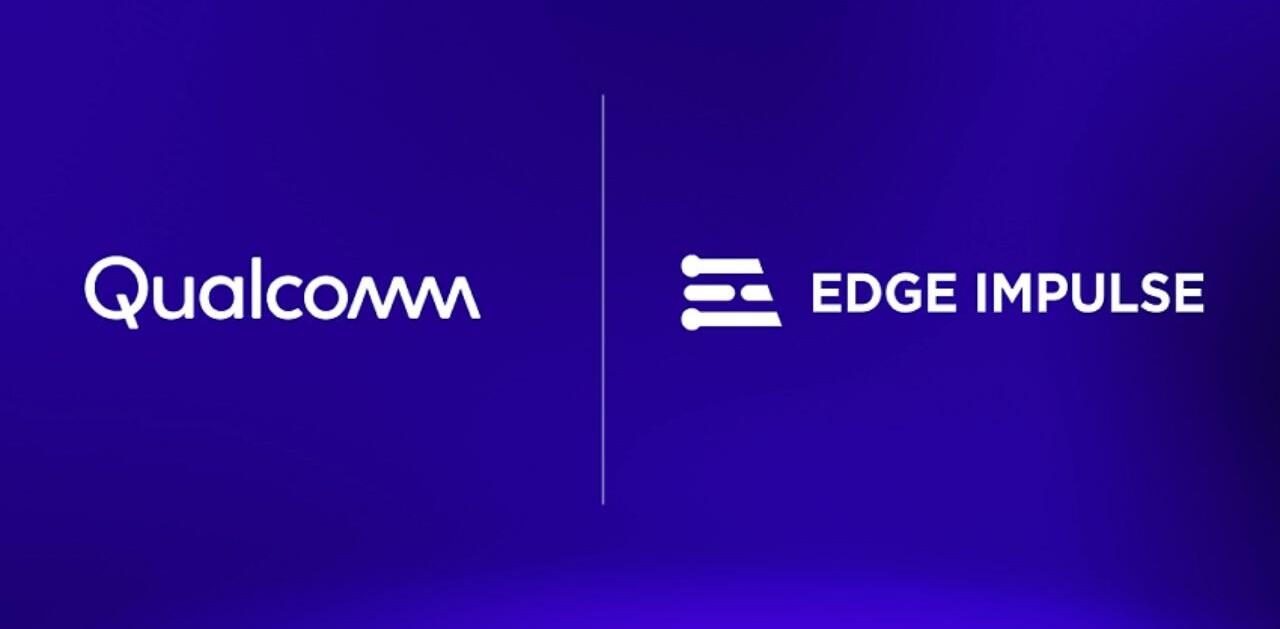
Free mobile messaging and VoIP service provider Viber today made a slew of announcements, including reaching the milestone of 200 million users, the roll-out of Viber 3.0 on Android and iOS, and the launch of new apps for Windows and Mac desktop computers.
We had a chat with Viber founder and CEO Talmon Marco to go beyond the facts in the press release and see how the company is faring.
TNW: Can you tell us a little bit about yourself and your entrepreneurial activities prior to Viber?
TM: I was born in Israel, spent most of my adult life in the US. I started a few companies before Viber, most notably iMesh, a file-sharing service.
How, when and why did you co-found Viber Media?
Viber was started in March of 2010 with a few friends from my iMesh days. We recognized the need for a messaging and voice application centered around the mobile experience and the phone book as your “social graph” or “contact list”.
We wanted something that would be “super easy to use”. It would be the app you love and your grandpa can use without your help. We figured it was going to attract people because of the price but it had to be a great experience if people were to stay on board.
Can you give us some basic facts about the company?
What size is your staff, where are the offices located, and has the company ever raised funding?
Viber is pretty small given the scope of what we do. We are a little over 100 people, developing on about a dozen platforms.
The company is based in Cyprus with development centers in Belarus, Israel and China.
Funding is still “friends and family”. We never did an institutional round of financing. Maybe someday.
The first Viber app for iOS was launched back in December 2010.
How has the mobile messaging landscape evolved since then, both to your advantage and negatively?
At the time mobile messaging was a novelty. Since then it has become, in many countries, mainstream.
This is good as less and less education is needed, but at the same time competition is fiercer than ever as more and more companies, big and small, realize the promise of mobile messaging.
It’s an exciting time, but one with few hours of sleep.
You just hit 200 million users, up from 140 million at the end of last year when you said you were growing at a clip of 400,000 new users per day. How many of those 200 million users are active (and how do you define ‘active’)?
We’re indeed today announcing that we have over 200 million users.
We’ve never released ‘active user’ numbers, but I can tell you that in the month of April we’ve seen more people activating Viber than any prior month.
Can you break down which platforms Viber-ers use the most?
The usual suspects. Android is #1, followed by iOS.
BlackBerry is #3 by activity, but Windows Phone is now #3 by activations. At the current growth rate, Windows Phone will become #3 at some point.
Can you give us an idea of how Viber users are spread across the globe, roughly?
Viber is quite global. We see Viber users pretty much everywhere.
Obviously, we index better in some countries (and worse in others), but it’s pretty much a global phenomenon.
Do you know if and where Viber is currently being blocked?
Viber is currently blocked or disrupted by Iran and Vodafone.
How big is video and picture sharing on Viber, vis-à-vis regular text messaging and VoIP calls? Can you share some numbers?
Difficult to compare picture-sharing to voice (not an apples-to-apples comparison), but a substantial portion of messages are picture messages and that number continues to grow as a percentage of overall messages.
Viber at its heart is a messaging service. On a daily basis we see more people using our messaging than voice.
Juniper forecasts 1 billion mobile VoIP users by 2017. Can you provide us with a rough estimate of how big your user base will be by the end of the year?
Ask me on 1/1/2014. I may have a better idea :)
As for Juniper’s 2017 forecast, that’s quite possible. Looking at mobile VoIP, I believe we are currently the largest player in the space (though Skype has never published any mobile numbers).
I realize it’s important to be cross-platform, but wouldn’t it have been more beneficial for Viber to focus on a select few mobile operating systems and making sure the feature sets were consistent?
It certainly would have been easier …
We are spending most of our mobile resources on Android, iOS, Windows Phone 8 and BlackBerry – the four leading mobile platforms.
I think the jury is still out on Windows Phone and BB10 (which was recently announced and will be supported shortly), but from a user standpoint both represent great operating systems.
Nokia’s announcement of 5.6 million Windows Phone units in Q1 and BlackBerry’s announcement of 1 million units in its first quarter of sales are encouraging. I think we will let the users decide if they want these operating systems.
As far as we are concerned, we are fully committed to both.
What’s the deal with all the difficulties bringing VoIP calls to the various BlackBerry platforms?
Blackberry does not have native code support, so we could not port our own voice engine to BB.
We had to build something far far lighter with lots of backend support for it. What our team did to support voice on BlackBerry is nothing short of amazing. That’s why it took us so long.
Note that no other company has brought a mass-market VoIP solution to BlackBerry so far.
You’ve just released apps for Windows and Mac. Why the move to the desktop?
We are not “moving to desktop”, we are adding it.
We believe there are times, lots of times, that users sit in front of a notebook/laptop or desktop. At these times, answering a message or initiating a message via the keyboard is easier than picking up the phone, unlocking it, answering the message, putting it back on the table or in your pocket and moving back to the keyboard.
Also, when it comes to calls, a notebook/laptop or a desktop computer represents a great opportunity to conduct a longer conversation, which is why we also added video support to Viber for PC and Mac.
You’re facing intense competition from private rivals like WhatsApp and Kik, but also from Microsoft-owned Skype and big consumer electronics companies like Samsung and Apple, not to mention international carriers like Orange and others.
How do you see this evolving in the long run?
At the risk of sounding like a cliché, but I think competition drives innovation.
I doubt we would be where we are today, from a feature set standpoint, if it weren’t for our competition – and the same applies to our rivals.
It’s certainly good for users.
Over time, I think you will have fewers players in the space, but it will certainly not be ruled by one company.
Neither us nor any of our competitors.
Have you received any backlash from carriers directly, or any others players in the mobile industry that are being impacted directly by the rise of apps like Viber?
We actually maintain good relationships with many carriers. We recently announced partnerships with Axis in Indonesia and Mobilink in Pakistan.
The only interference we see is from Vodafone in some countries, and in Iran.
Do you see Viber ever moving ‘up the stack’ and becoming a social network tying everything together, rather than a predominantly communications-focused service?
I believe the difference between the social and communication is quite difficult to say. It’s pretty clear that using Viber to call my mom is communication and sharing a photo on Facebook is social.
But what about sharing a photo with 10 people in a Viber group? What if that group has 30 or 40 people? I think mobile messaging is becoming increasingly social.
What has been your biggest challenge building Viber Media so far?
There are a few:
– Speed of development: we need to release lots of features and fast.
– Reliability requirement: tens of millions of people rely on us for daily communication.
We cannot let them down, so we need to release well-tested products. At the same time, beta testing is nearly impossible as it is not allowed on iOS and is virtually impossible on Android as most of our features require support on both ends.
– Scale: things that seem easy when you have 100 connected users, are far more difficult when you have tens of millions concurrently connected users – especially if you want to be cost-effective.
Thanks!
Also read:
Free mobile messaging apps will be the death of SMS. Eventually.
Get the TNW newsletter
Get the most important tech news in your inbox each week.




